Volvo Ocean Race: Can’t ask for much more
Published on October 26th, 2017
(October 26, 2017; Day 5, 19:00 UTC) – Speeds are up as the Volvo Ocean Race fleet left the island of Porto Santo to starboard early this morning and turned north, aiming towards the final mark of the course before the finishing line off Lisbon, Portugal.
Vestas 11th Hour Racing, having survived a scare when a ballast tank hose failed, dumping 800 litres of water in the bilge (see video), was first around and is now charging dead downwind toward the new ‘virtual mark’ set yesterday, dubbed Porto Santo North.
Now 35 nm from the turn, Vestas skipper Charlie Enright likes their position. “We’ve got 20+ knots running downwind, can’t ask for much more. We’ve been able to position ourselves downwind of the fleet which will give us options for protecting as we go forward (to the mark).” (see video)
Short on training time, Sun Hung Kai/Scallywag dropped from fourth to fifth as they sort out the boat.
“The subtleties of racing these boats is something we’re still working on,” said Steve Hayles, the navigator on Sun Hung Kai/Scallywag. “At times we’re quick, but at other times, our pace is lacking. But an opportunity to race hard against teams like Brunel and Dongfeng, second-generation teams who have done this race before, is an awesome opportunity to learn.”
The final leg from the virtual mark to the finish in Lisbon should be straight course of about 400 nm, which as race analyst Libby Greenhalgh reports on the B&G blog, always feels good when pointing towards the finish.
“We will see some compression and extension over these last two days and if boats manage to stay within 0.5nm of each other than traversing the ridge on the approach to the finish and getting the shifts right could give people a last shout at place changes, but I am sure teams will be covering hard in these final stages. Most likely teams will end in the position they round the waypoint in.
“By midday tomorrow the boats will once more be heading into a decreasing breeze as they negotiate the high pressure ridge that is extending south along the Portuguese coast. Ultimately this results in a decreasing wind that will also steadily back from the SE round to the NE and so as the routing shows teams will be hot footing it towards the shift.
“The routings show that the big picture goal is to get to the left hand shift and the best way to traverse the high pressure ridge. With less wind expected further south in the ridge axis there will be a difficult decision of the trade-off between extra distance sailed and the speed at which you believe you can do it. In theory any leverage on the fleet or a boat that you can get towards the resulting NE wind will convert to a gain.
“This means that when the teams turn the corner of the virtual waypoint, the mode they pick between getting the shift and heading towards the finish will be critical. All routings have the teams set up on their fastest angle out of the waypoint towards the shift and then gradually peeling through to upwind headsails. It is a subtle change but the difference between sailing 2 or 3 degrees higher at the right moment will make the difference.
“High pressure ridges are notoriously difficult to predict and navigate in terms where you believe the best pressure to be. In this situation this ridge axis is moving west through the fleet, which does mean the option to tack earlier through this feature is more tempting and I am sure if you are not in sight of another boat you will be hoping to get your tack in before the other team. This will be tomorrow mornings activity!
“The ETA of 0800-1200 on the 28th is just after high water with tide beginning to ebb and a decreasing and shifty breeze as they approach Lisbon. The fleet will once again compress and as has been seen in previous races coming into finish at this stunning city, boats will be sailing in light winds covering each other to get to the finish line up the river. Could be a nail biter.”
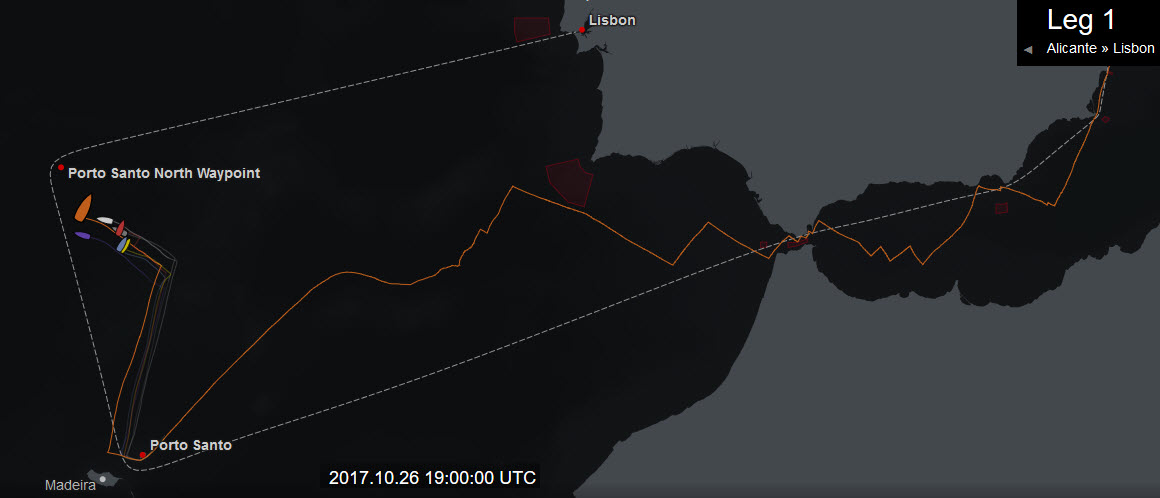
Leg 1 – Position Report (19:00 UTC)
1. Vestas 11th Hour Racing (DEN/USA), Charlie Enright (USA), 451.2 nm DTF
2. MAPFRE (ESP), Xabi Fernández (ESP) 17.3 nm DTL
3. Team AkzoNobel (NED), Simeon Tienpont (NED) 19.4 nm DTL
4. Dongfeng Race Team (CHN), Charles Caudrelier (FRA) 30.6 nm DTL
5. Team Sun Hung Kai/Scallywag (HKG), David Witt (AUS) 31.6 nm DTL
6. Turn the Tide on Plastic (POR), Dee Caffari (GBR) 41.0 nm DTL
7. Team Brunel (NED), Bouwe Bekking (NED) 43.5 nm DTL
DTF – Distance to Finish; DTL – Distance to Leader
To see the crew lists… click here.
Race details – Live content – Scoreboard – Race route – Facebook – YouTube
The first leg of the Volvo Ocean Race started on October 22 and extends 1450 nm from Alicante, Spain to Lisbon, Portugal via Porto Santo.
2017-18 Edition: Entered Teams – Skippers
• Team AkzoNobel (NED), Simeon Tienpont (NED)
• Dongfeng Race Team (CHN), Charles Caudrelier (FRA)
• MAPFRE (ESP), Xabi Fernández (ESP)
• Vestas 11th Hour Racing (DEN/USA), Charlie Enright (USA)
• Team Sun Hung Kai/Scallywag (HKG), David Witt (AUS)
• Turn the Tide on Plastic (POR), Dee Caffari (GBR)
• Team Brunel (NED), Bouwe Bekking (NED)
Background: Racing the one design Volvo Ocean 65, the 2017-18 Volvo Ocean Race begins in Alicante, Spain on October 22 2017 with the final finish in The Hague, Netherlands on June 30 2018. In total, the 11-leg race will visit 12 cities in six continents: Alicante, Lisbon, Cape Town, Melbourne, Hong Kong, Guangzhou, Auckland, Itajaí, Newport, Cardiff, Gothenburg, and The Hague. A maximum of eight teams will compete.
Source: Volvo Ocean Race


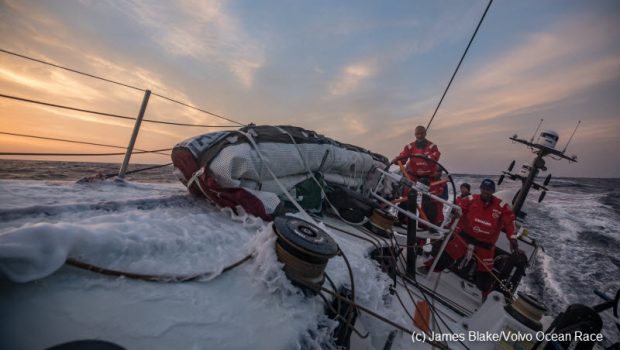


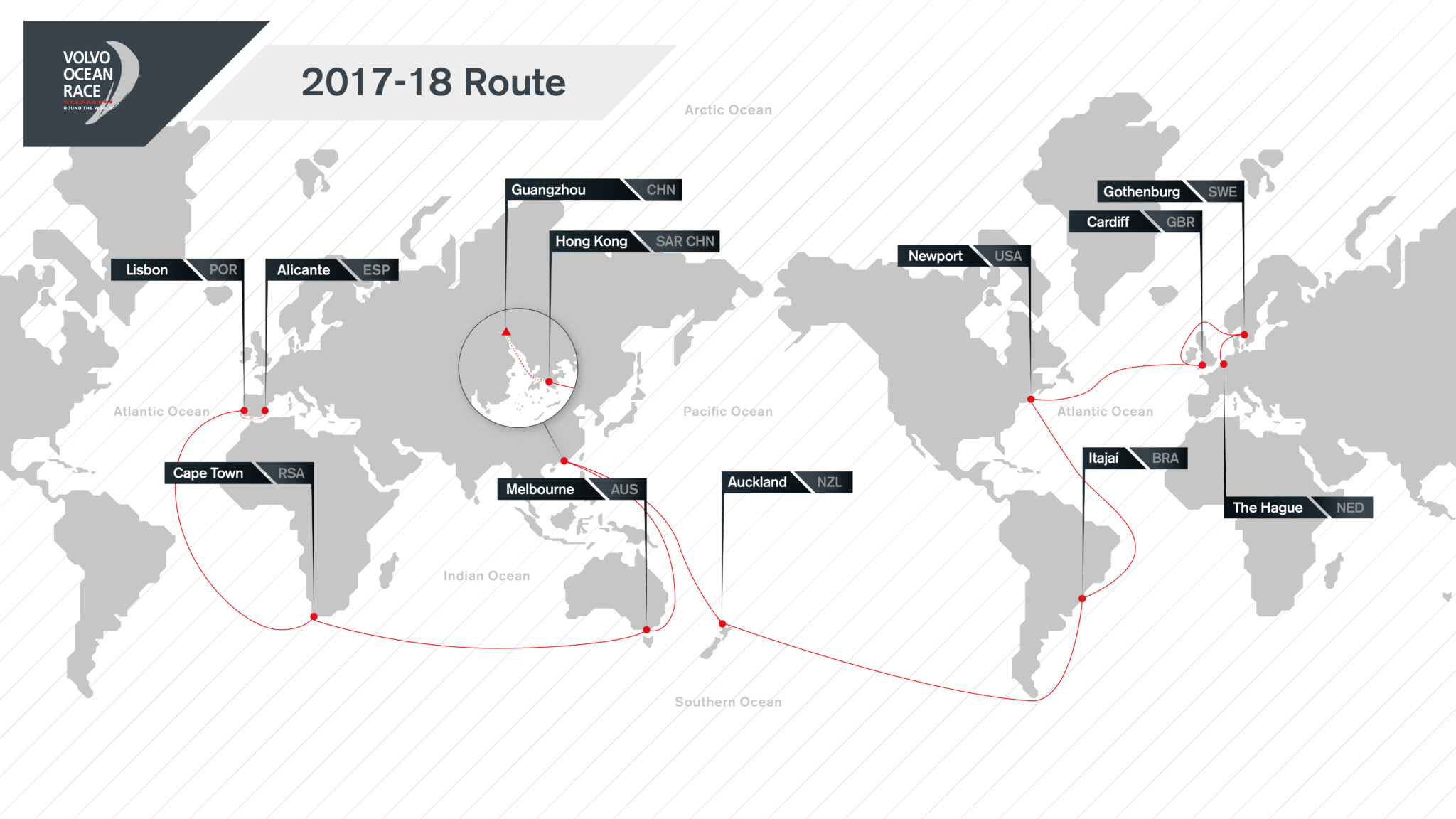

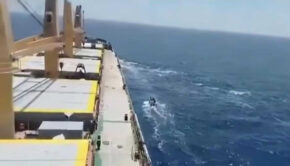
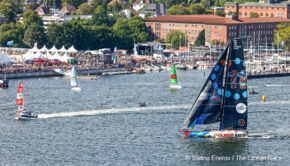
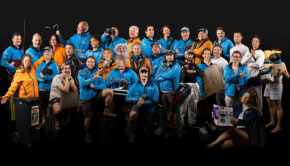
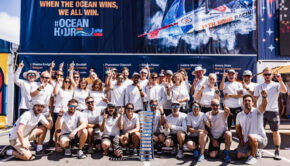
 We’ll keep your information safe.
We’ll keep your information safe.